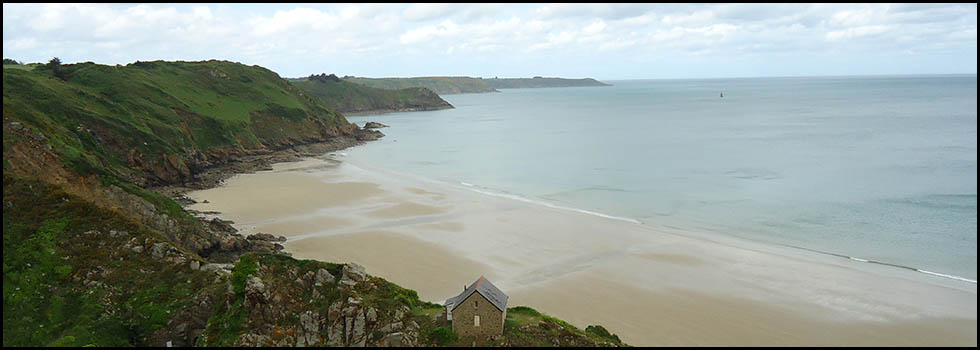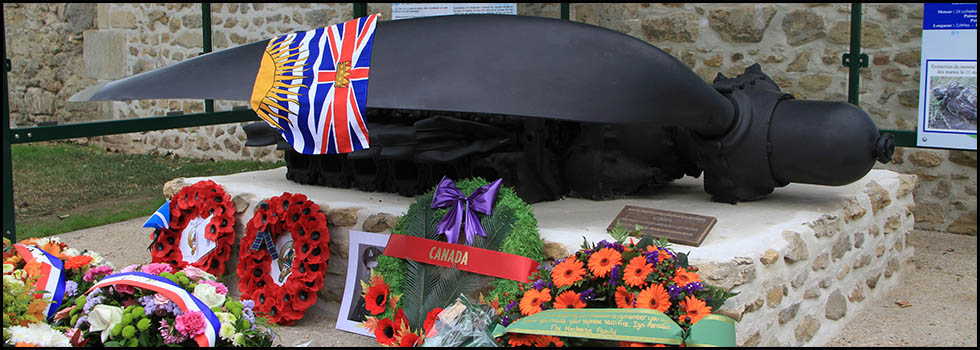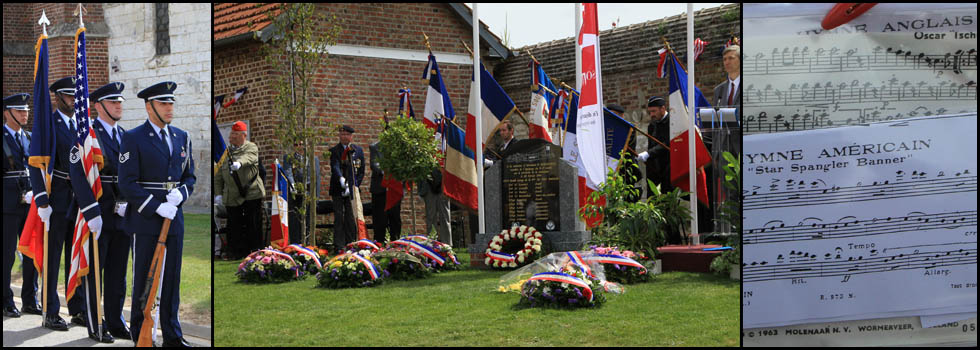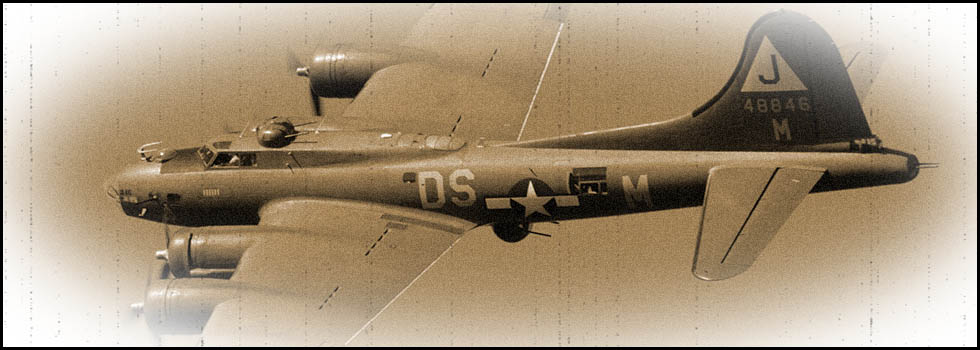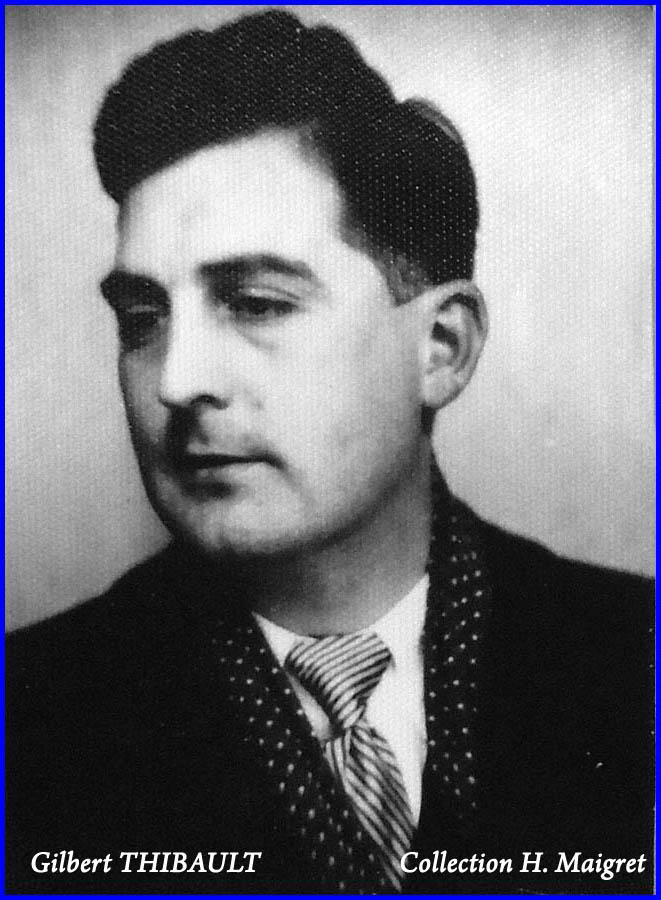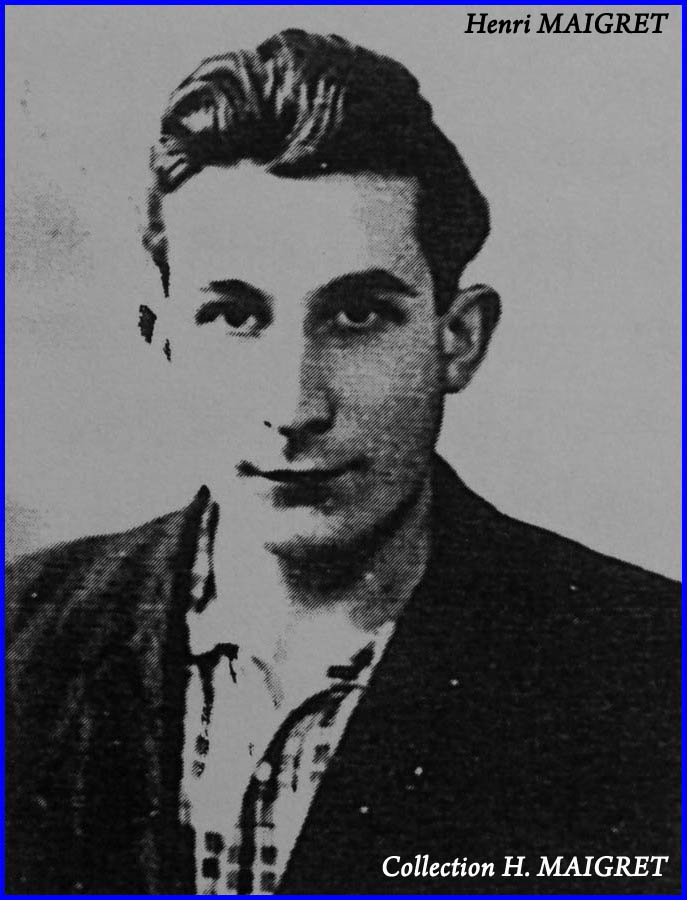Gilbert THIBAULT
Henri MAIGRET
The "Alsace" escape network
En français
Gilbert Thibault was born on 30th July 1912 in Rouen (Seine-Maritime).
As a teenager, he attended the Lycée Félix Faure in Beauvais during the 1927/1928 school year and then The Institution du Saint-Esprit in 1929/1930.
A graduate with a basic legal qualification and speaking English, he worked from 1930 to 1932, as a solicitor's clerk, for Maître Recullet in Beauvais.
Called up for military service in 1933, Gilbert Thibault was signed up as a soldier 2nd class in the Compagnie du Train-Auto # 2 in Amiens (Somme).
In 1934 and 1935 he was employed as a clerk at the Civil Court of Beauvais.
In 1936, he worked with Maître Patin, a bailiff in Lille, as Principal Clerk.
In October 1937, he returned to the Oise and stood as a bailiff at Auneuil (Oise).
At the declaration of war in 1939, Gilbert Thibault was mobilized as a sub-lieutenant in the General Headquarters of the 352nd Company Train-Auto.
From 10th May 1940 there was the brutal attack by the German Army. On 20th June, his unit was surrounded by the enemy. Thibault was taken prisoner on 26th June. Sent to the Hôtel des Thermes at Bagnoles-de-l'Orne transformed into an Oflag prison camp, he managed to escape on 14th August. He then joined the Régulatrice Routière at Châteauroux.
In February 1941, continuing his active service, Thibault managed to reach North Africa after crossing the Pyrenees. Assigned to the 352nd Company Train-Auto in Rabat (Morocco), he was promoted to Lieutenant on 25th September.
One year later, on 25th September 1942, he obtained his move to the Cavalry.
He returned to France in October 1942 during a leave at the end of which he tried in vain to return to Spain and Morocco. The Allied Landings in North Africa on 8th November 1942 upset his plans.
A few months later, one of his regimental comrades staying in Cambo-les-Bains informed him that he had found a way to reach North Africa via the Basque Country and Spain with the help of a mountain guide, Ruffino Jauréguy, a Republican refugee from the Spanish Civil war.
In March 1943, benefiting from his own experience and wishing to continue the struggle, Gilbert Thibault had the idea of creating the "Alsace" line, an escape route permitting soldiers, officers and other young people to join the Free French Forces in North Africa or in England, via Spain. Crossing the Mondarrain massif before reaching Ainhoa and then Spain was sometimes perilous because of the weather conditions and the border surveillance carried out by the German Army. Gilbert Thibault hoped to benefit from this passage himself last.
Thanks to contacts made in Paris with Hélène Julien, Yvonne Deplanche Odette Leguillier and his cousin André Bureau, the line began to operate.
In August 1943, Gilbert Thibault worked for the OCM and particularly with Charles Verny whose role was to finance and provide false papers for the escapees. He met André Perruche-Joubert, aka "A-6", who was under the orders of Colonel Pierre Malaisé representing the authorities of Algiers at the American embassy in Madrid.
Then "A-6" proposed that he stay in France and concentrate all his efforts on the "Alsace" line and pass through it Allied airmen as well as any information that could serve the Allied cause. Thibault accepted.
No money was available for the operation of the line, so Thibault turned to the Anglo-Saxon authorities who granted him unlimited credit.
Differences quickly arose between Charles Verny and "A-6". Verny then asked Thibault to cease all contact with "A-6" under the threat of being deleted cut off from any resource from the OCM.
Thibault refused, considering himself under the control of the authorities of Madrid.
He sent Odette Leguillier to Spain, with the task of obtaining funds and of establishing relays until Madrid. She succeeded in the mission, returned with the money but was arrested 300 meters from the border. Pushed back to Spain, she managed to reach Morocco. She later enlisted as a nurse in the French 1st Army in the Italian campaign.
Although deprived of money by Verny, Thibault remained convinced of the action he should take.
From this period on, the intensification of the air missions of the RAF and the USAAF caused more casualties on the Allied side. The population of the department of Oise gathered more and more airmen who had to be withdrawn from the enemy and evacuated.
Under the pseudonym of "Zéphyrin" he set up at Auneuil his escape network to collect, check, lodge, feed, clothes, provide false papers and to convey the airmen. He relied for this on a web of ramifications with sector heads of the department of Oise. Lacking financial means and without effective relays leading to the Spanish border, Thibault directed a part of his evaders to the Comet line and later to the Shelburn line.
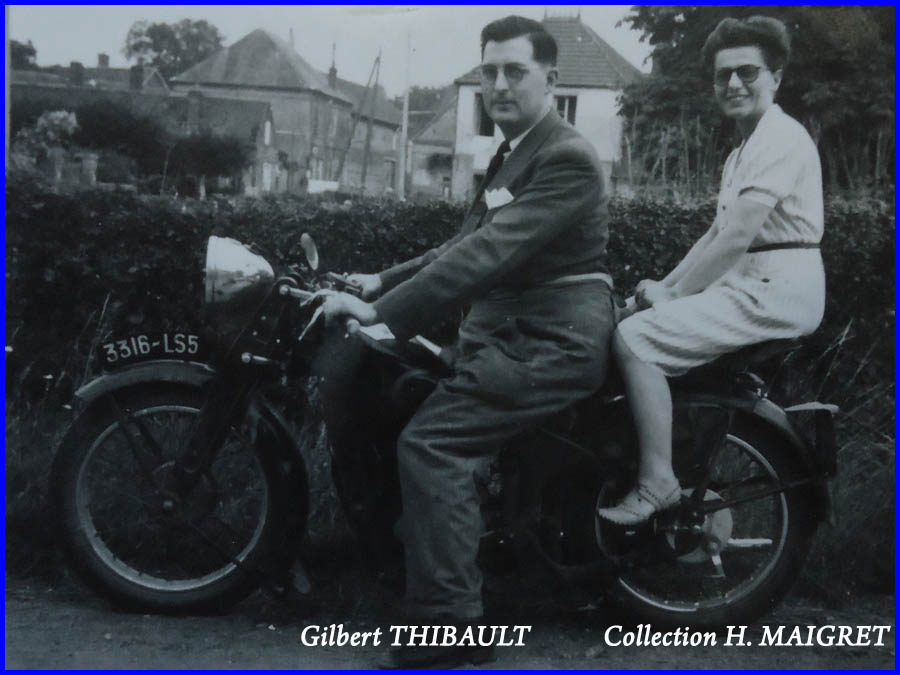
In 1942, at the request of the Third Reich, the Compulsory Work Service (STO) had been established by the Vichy government. From February 1943, all young Frenchmen born in 1920, 1921 and 1922 were forcibly recruited, under threat of sanctions, to go and work in Germany. The "refractories" hid and went underground, joining the ranks of the Resistance or the Maquis.
In November 1943, Henri Maigret, a young teacher aged 20 practicing in Blacourt, also tried to escape the STO. He asked Gilbert Thibault if he could take advantage of the escape line with his friend Robert Fontaine. Both had the intention of reaching North Africa and of rallying to the Free French Forces. In the previous September, Henri Maigret had met for the first time Gilbert Thibault whilst evacuating two U.S. airmen parachuted over Blacourt (August Winters and Douglas G. Wright) whom he had personally helped.
For three months, waves of arrests multiplied in Paris. It was impossible for Maigret and Fontaine to depart. To their great despair they just had to wait.
At last their departure was finally set for 17th February 1944. That day, in Paris, Henri Maigret and Robert Fontaine had an appointment with Gilbert Thibault in the metro station Notre-Dame-de-Lorette. But Thibault did not appear at the time and place agreed.
After a long wait, Maigret then remembered an address and decided to go there, his friend Fontaine remaining near the metro station, still hoping that Gilbert Thibault would arrive. Reaching rue de Clichy, Maigret climbed the stairs and knocked in vain at the door of an apartment. Back at the bottom of the building, the concierge, uncomfortable, made him understand that he must not stay.
The day before, on 16th February, in the same building in the rue de Clichy, Gilbert Thibault had narrowly escaped a tense trap by the Gestapo. Miraculously, he managed to escape by running down the stairs under fire from a German policeman. A bullet had hit him and fractured his right little finger.
Henri Maigret realized later, how lucky he was not to have fallen into the trap, simply because it was the wrong staircase and the wrong apartment.
Not going straight back to Auneuil, knowing that he was wanted and hunted, Thibault was forced to remain in the shadows.
Following this narrow escape, the dreams of Maigret and Fontaine of getting to North Africa collapsed (Fontaine managed to get there later).
"Zéphyrin" then proposed that Henri Maigret go underground and become his assistant in providing links and escorts. Maigret changed his identity and became "Albert Wuillance", an "insurance broker". "Albert" soon earned him the nickname "Bébert."
Wearing his leather jacket, riding his Gnome-et-Rhone motorbike and risking his life at every moment, he travelled all over the country visiting the Allied airmen awaiting departure. Scattered in different places of lodging, he was responsible for supplying them with cigarettes and providing them with false identities.
Usually, the airmen were conducted in small groups to Paris, either by car or by bus. From February 1944 with a growing number airmen to evacuate, Thibault organized their transfer by train from Chaumont-en-Vexin, Beauvais or Rochy-Condé stations. The journey to Paris often took place in the middle of German soldiers. Sometimes airmen were also given to guides from Paris. Then taken in charge by the Shelburn escape line, staying a few hours or a few days in Paris, most of the escapees were conveyed to Brittany. At Plouha they embarked during organized operations on dark nights, aboard a corvette of the Royal Navy bound for England.
In May, two other groups of escapers were taken to the Saint-Ouen and Pontoise stations. It was decided to avoid Paris. Another time, a group was led to the hospice of Argenteuil. From this time, the airmen were sent to the camp in the Fréteval forest near Châteaudun. The Landings becoming imminent, the Allies bombed the lines of communication and paralysed the railway network. There was no question of taking risks in conveying airmen through France.
Despite arrests, mainly in Paris, the "Alsace" network continued to operate until the Liberation.
In the Oise, from August, having not been evacuated after two months, the numbers of airmen with lodgers in the region, built up. Gilbert Thibault then thought of building a rudimentary camp in a very dense wood difficult to access belonging to Mrs. Ravel, near the village of Porcheux, south of Beauvais.
Awaiting the imminent arrival of Allied troops, about twenty airmen were housed in rudimentary huts with metal sheet roofs covered with greenery. They slept on straw, being supplied and fed by farmers in the area.
On 30th August 1944, the arrival of a British Armoured column liberated the sector, putting to an end four years of occupation and the activity of the "Alsace" network.
The "Alsace" network allowed the escape of around 150 French people across the Spanish border. About 120 Allied airmen most downed in the department of Oise or coming from neighboring departments received help from the network before being handed over to other escape routes.
The Allied governments recognized after the war the important role played by the "Alsace" network in the evacuation of Allied airmen. Many British and American awards were presented to Gilbert Thibault, Henry Maigret and to the members of the network.
A few days after the Liberation, Gilbert Thibault left Auneuil and asked to return to service in the Army as a Cavalry Lieutenant. He then joined the Atlantic front until the end of hostilities.
In February 1953 Gilbert Thibault was directed to Indochina where he commanded a transportation Company. He particularly distinguished in January 1954 managing to transport three battalions under the enemy fire. For his action he was awarded the TOE War Cross with Silver Star.
Gilbert Thibault died on 14th May 1955 in Paris. His funeral took place at Val-de-Grâce in Paris.
In December 1944, Henri Maigret joined the French Army. He served in Morocco and then in Germany. Demobilized in March 1946, he resumed his work as a teacher in the area of Beauvais. Little attracted by the honours, he rarely attended the commemorations. In 1962, he left for teaching in cooperation with Morocco and in Algeria until 1976. Back in France, he finished his teaching career at Istres.
Many years after the war, he also had the satisfaction of corresponding and meeting on many occasions British, American and Australian airmen, who had come back to the region to personally thank their rescuers.
Retired, it was in 1977 that he decided to no longer forget the actions of the "Alsace" network. He brought together documents and collected evidence, together with the memoirs of those who were alongside him in 1943/1944.
His book, " Un réseau d'évasion dans l'Oise à Auneuil" was published in 1994.
Henri Maigret died in October 2007.
The name of the "Alsace" network is engraved on the granite stele overlooking Bonaparte Beach in Plouha, Brittany, perpetuating the memory of the escape line created by Gilbert Thibault.
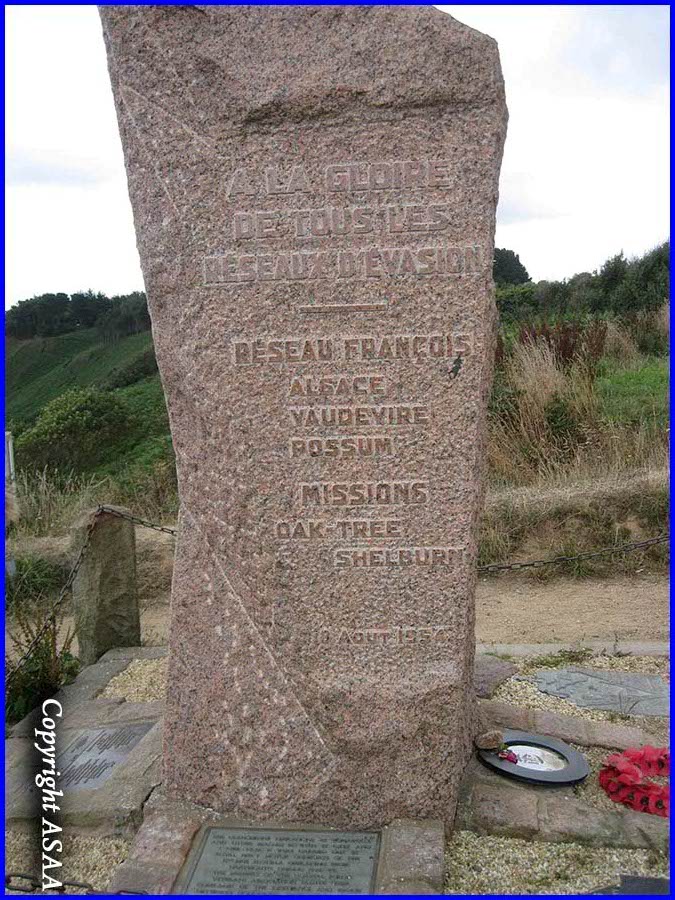
8th May 2022 - Auneuil (Oise) - Ceremony in tribute to Gilbert Thibault
Sources : U.S. National Archives

